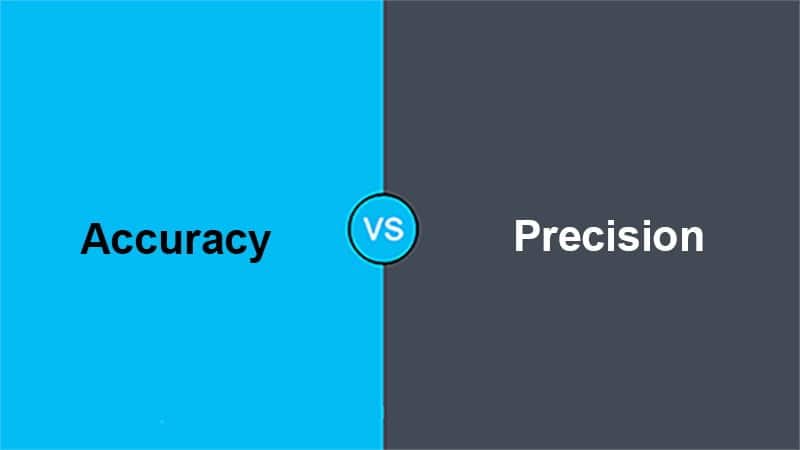Analysis of Variance (ANOVA) and Analysis of Covariance (ANCOVA) are statistical techniques used to analyze and compare groups or treatments in experimental research. While both methods assess differences in means, they have distinct purposes, assumptions, and applications. This comprehensive guide will explore the key differences between ANOVA and ANCOVA, including their definitions, underlying principles on when to use each method and practical examples.
Analysis of Variance (ANOVA)
Definition and Purpose
Analysis of Variance (ANOVA) is a statistical method used to analyze the differences in means among multiple groups or treatments. It assesses whether the variations in the dependent variable are significantly influenced by the categorical independent variable(s). ANOVA helps determine whether there are statistically significant differences in group means, allowing researchers to conclude the impact of the independent variable(s) on the dependent variable.
Assumptions
ANOVA relies on several assumptions, including:
Homogeneity of Variance:
- All groups or treatments should have approximately equal variances.
Independence:
- Observations within and between groups should be independent of each other.
Normality:
- Data within each group or treatment should follow a normal distribution.
Application and Example
Application: ANOVA is used in experimental research to compare the means of three or more groups. It is employed in various fields, including psychology, biology, and social sciences, to assess the impact of categorical independent variables on a continuous dependent variable.
Example: A pharmaceutical company conducts a study to determine the effectiveness of three new drug doses in reducing blood pressure. They collect data from three groups: low, medium, and high. ANOVA is used to determine if there are significant differences in the mean reductions in blood pressure among the three groups.
Analysis of Covariance (ANCOVA)
Definition and Purpose
Analysis of Covariance (ANCOVA) is a statistical technique that combines the principles of ANOVA with linear regression. It is used when there is a need to compare group means while controlling for the influence of one or more continuous covariates. ANCOVA allows researchers to assess whether group differences in the dependent variable persist after adjusting for the effects of covariates, providing a more accurate analysis.
Assumptions
ANCOVA shares some assumptions with ANOVA, such as homogeneity of variance and independence. However, it introduces an additional assumption:
Linearity:
- The covariate(s) and the dependent variable should have a linear relationship.
Application and Example
Application: ANCOVA is employed when researchers want to examine group differences while considering the influence of continuous covariates that may affect the dependent variable. It is commonly used in fields like education and medicine, where researchers want to control for factors that could impact the outcome.
Example: A study investigates the effects of different teaching methods (categorical independent variable) on students’ test scores (dependent variable) while controlling for students’ prior knowledge (covariate). ANCOVA is used to assess whether the teaching methods significantly impact test scores after accounting for the influence of prior knowledge.
Key Differences Between ANOVA and ANCOVA
Purpose and Application
| Aspect | ANOVA | ANCOVA |
|---|---|---|
| Purpose | Compare means of three or more groups or treatments without covariates. | Compare means of three or more groups or treatments while controlling for covariates. |
| Application | Used when comparing groups with categorical independent variables. | Used when comparing groups with categorical independent variables while adjusting for continuous covariates. |
Assumptions and Considerations
| Aspect | ANOVA | ANCOVA |
|---|---|---|
| Assumptions | – Homogeneity of variance. – Independence. – Normality (within groups). | – Homogeneity of variance. – Independence. – Normality (within groups). – Linearity (between covariates and dependent variable). |
| Covariates | Does not involve the consideration of covariates. | Requires the inclusion of one or more continuous covariates in the analysis. |
| Adjustment | Does not adjust for covariate effects. | Adjusts for covariate effects to provide a more accurate comparison of group means. |
Statistical Output
| Aspect | ANOVA | ANCOVA |
|---|---|---|
| Output | Provides F-statistics and p-values indicating whether group means are significantly different. | Provides F-statistics and p-values assessing whether group means are significantly different after adjusting for covariates. |
| Interpretation | Interpretation is based on the significance of the F-statistic and group means. | Interpretation considers the significance of the F-statistic, adjusted group means, and covariate effects. |
Practical Examples
ANOVA Example
Scenario: A researcher in psychology wants to determine whether three different teaching methods significantly impact student’s performance in a standardized test.
ANOVA Analysis:
- Conducts a one-way ANOVA to compare the means of the three groups (teaching methods).
- Assesses if there are significant differences in test scores among the groups.
- Interprets the results based on the F-statistic and p-value.
ANCOVA Example
Scenario: A researcher in education wants to evaluate the effect of different teaching methods on students’ final exam scores while controlling for the student’s prior knowledge (a continuous covariate).
ANCOVA Analysis:
- Conducts an ANCOVA to compare the means of the teaching methods while adjusting for the influence of prior knowledge.
- Assesses if there are significant differences in final exam scores among the groups after accounting for the covariate.
- Interprets the results based on the adjusted means, F-statistic, and p-value.
Conclusion
ANOVA and ANCOVA are powerful statistical techniques for comparing group means in experimental research. ANOVA is employed when analyzing categorical independent variables, focusing solely on group differences. In contrast, ANCOVA is used when there is a need to control for continuous covariates while assessing group differences.
Understanding the distinctions between these two methods is crucial for researchers to select the most appropriate technique based on the research question and data. Both ANOVA and ANCOVA provide valuable insights into the relationships between independent variables, covariates, and dependent variables in various fields of study.
















